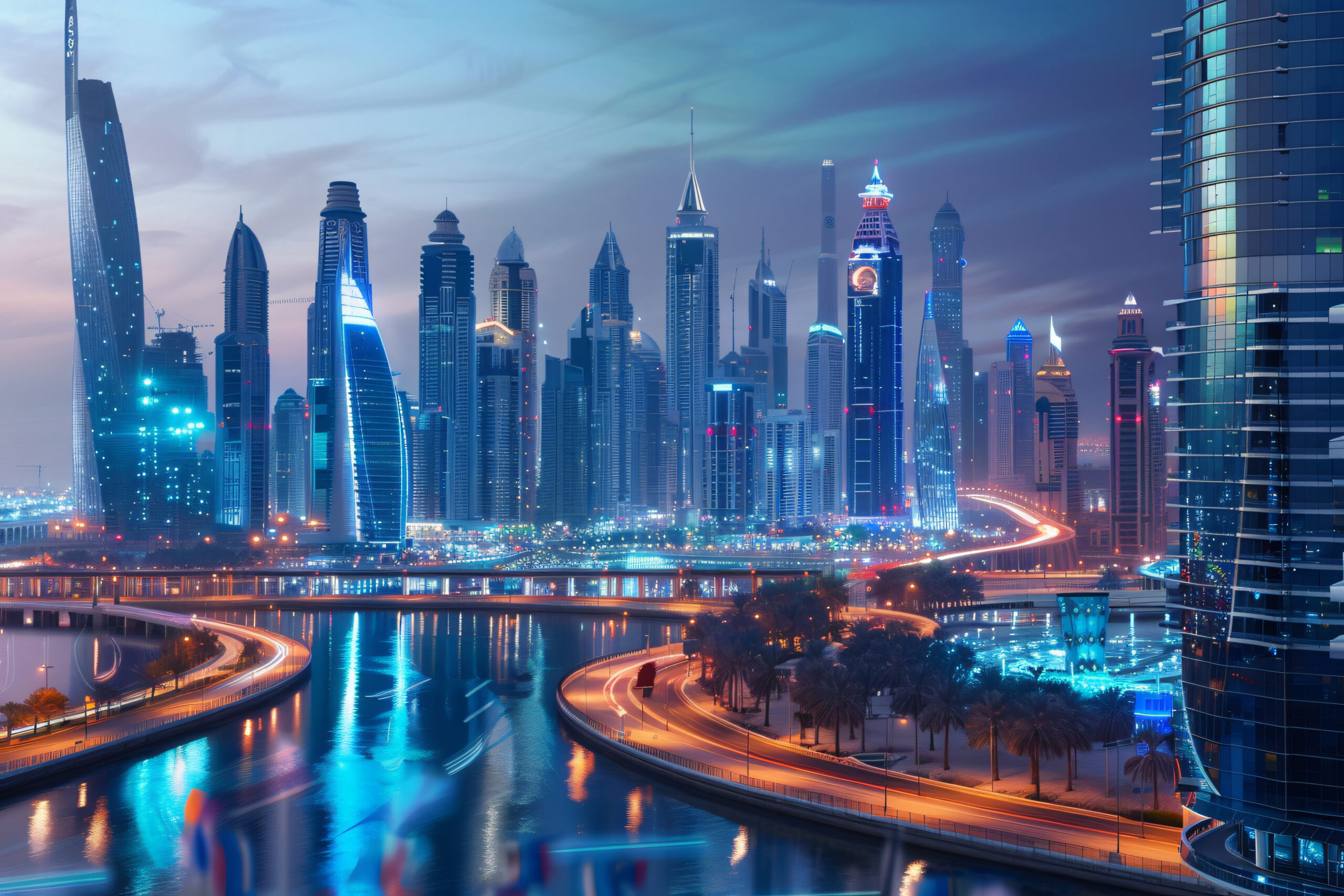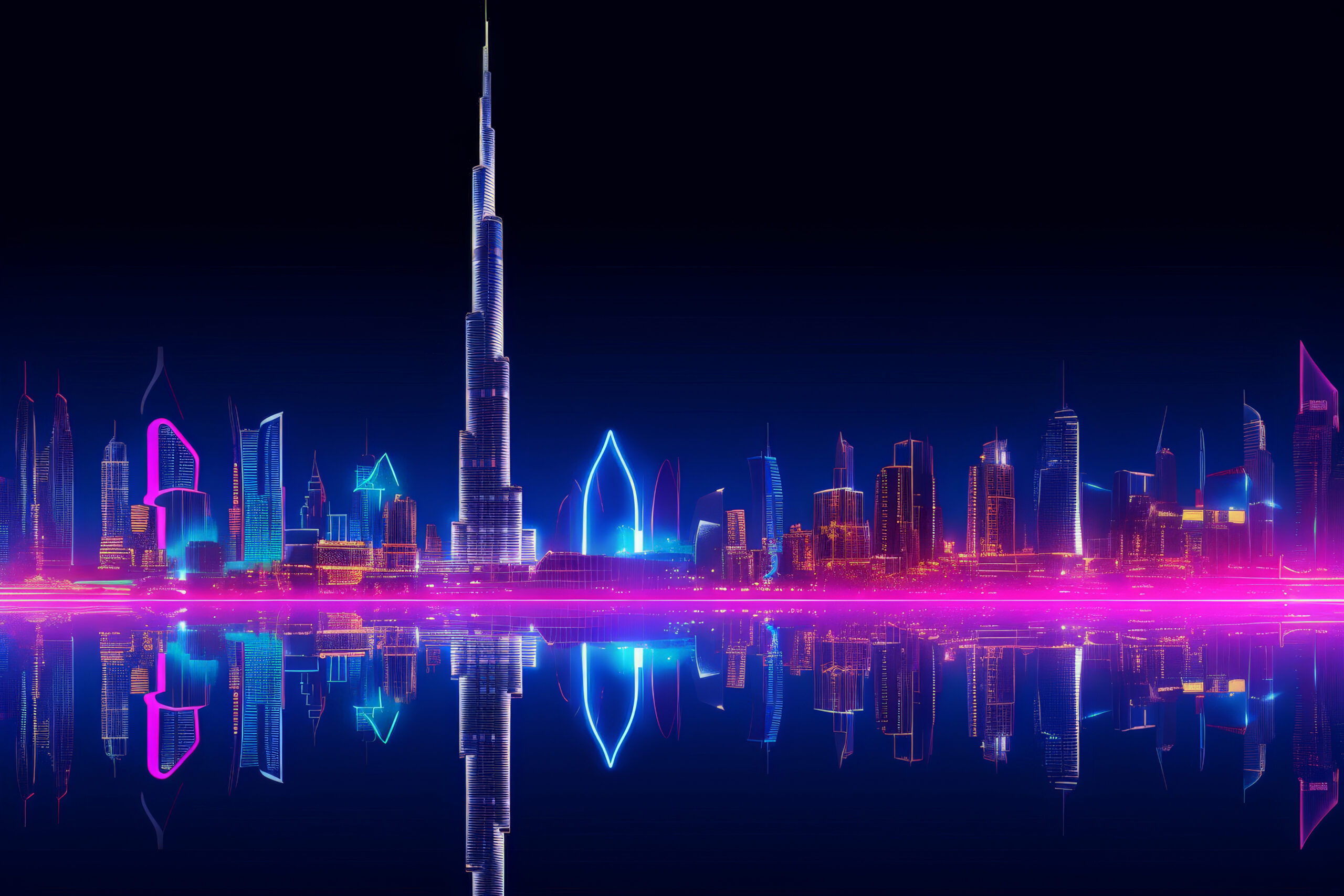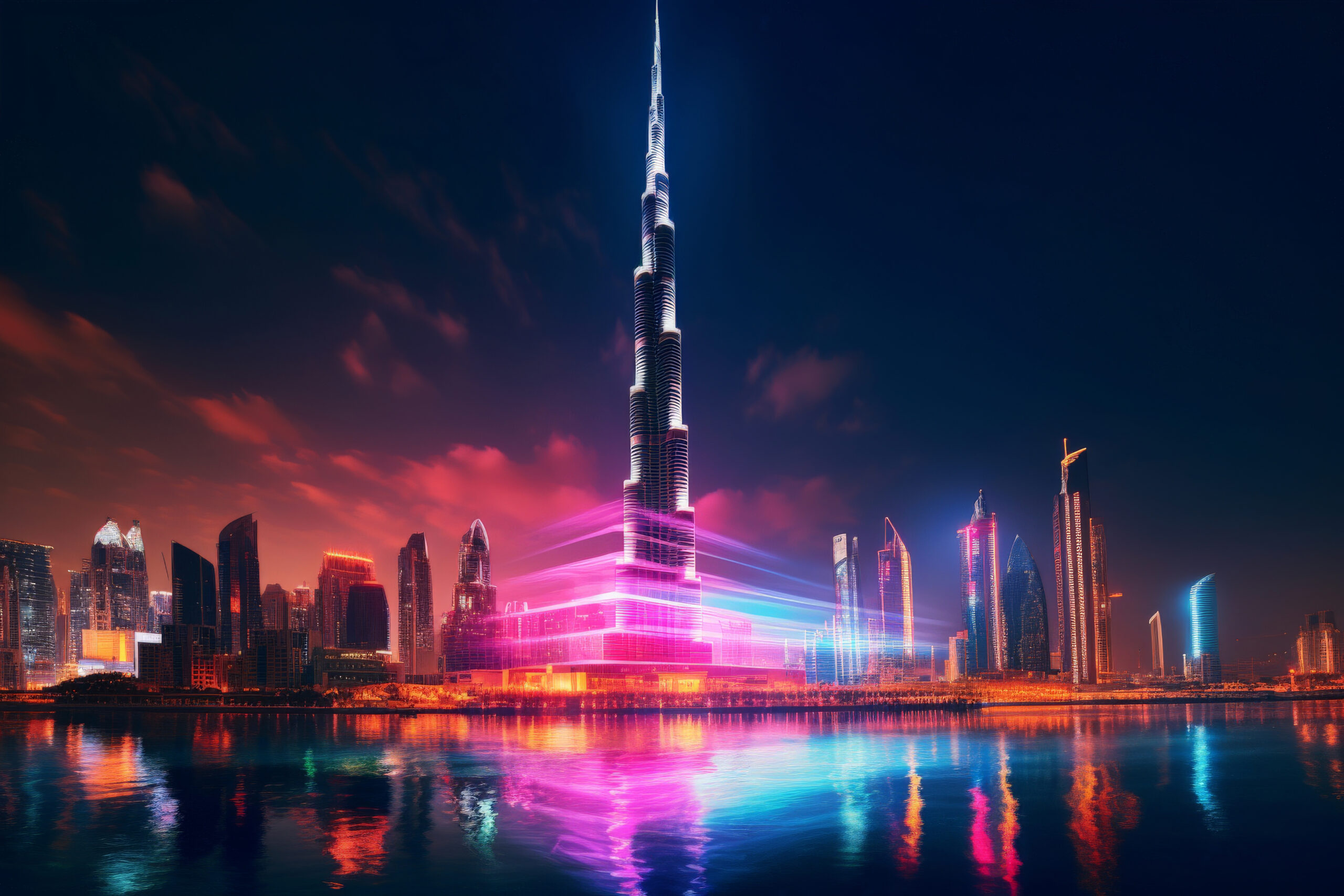Dubai Creek & Old Town: Exploring the City’s Historic Side

Dubai, globally renowned for its ultramodern skyline, luxury shopping malls, and extravagant lifestyle, also holds a treasure trove of history that often escapes the typical tourist radar. Nestled between the high-rises and futuristic developments lies the heart of old Dubai—a place where tradition, culture, and heritage come alive.
In this blog, we’ll take a deep dive into the historic side of Dubai, focusing on Dubai Creek and Old Town districts like Al Fahidi and Deira, guiding you through ancient markets, traditional boats, and time-honored Emirati customs. Whether you’re a traveler, an expat, or a culture enthusiast, this guide will help you uncover the authentic soul of Dubai—a side that predates the Burj Khalifa and the Palm Islands.
Table of Contents
- Understanding the Significance of Dubai Creek
- The Al Fahidi Historical District
- Bastakiya Quarter: A Step Back in Time
- Al Seef: Where Heritage Meets Modernity
- The Abra Ride: A Timeless Experience
- Deira and Its Timeless Souks
- Dubai Museum and Al Fahidi Fort
- The Role of the Creek in Dubai’s Development
- What to Eat in Old Dubai
- Practical Travel Tips for Visiting Old Dubai
- Conclusion: Why Exploring Old Dubai Matters
Understanding the Significance of Dubai Creek
Dubai Creek (locally called Khor Dubai) is a natural seawater inlet that historically served as the lifeline of Dubai. Before oil wealth transformed the emirate, the Creek was the center of trade, pearl diving, and fishing. It was here that Bedouins and early settlers built a community based on maritime commerce, laying the foundations of modern Dubai.
Spanning from the Ras Al Khor Wildlife Sanctuary inland to the Dubai Creek Harbour and out to the Arabian Gulf, the Creek splits the city into two main sections: Deira to the north and Bur Dubai to the south.
The Al Fahidi Historical District
What is Al Fahidi?
The Al Fahidi Historical Neighbourhood, also known as Al Bastakiya, is one of the oldest traditional Emirati neighborhoods still standing in Dubai. Located in Bur Dubai, this area is a maze of narrow lanes, wind towers (barjeels), and sand-colored buildings, transporting visitors back to the early 1900s.
What to See and Do in Al Fahidi:
- Dubai Museum (Al Fahidi Fort)
Housed in Dubai’s oldest existing building (built in 1787), this museum showcases Dubai’s transformation from a desert port to a global metropolis. - Sheikh Mohammed Centre for Cultural Understanding (SMCCU)
Offers cultural meals, mosque visits, and Q&A sessions that break down stereotypes and promote understanding of Emirati culture. - Art Galleries and Calligraphy Houses
Al Fahidi is also a haven for artists. You’ll find small galleries featuring local and regional art, including the XVA Gallery, which focuses on contemporary art from the Arab world.
Bastakiya Quarter: A Step Back in Time
Originally settled by Persian merchants from Bastak (Iran), the Bastakiya Quarter was established in the 19th century and showcases distinctive Persian architecture with wind towers and internal courtyards.
Why Bastakiya is Important:
This neighborhood offers a rare glimpse into pre-oil Dubai, revealing how people lived, traded, and built communities. Walking through Bastakiya is like walking through a living museum—each alleyway tells a story.
Insider Tip:
Visit early in the morning or late afternoon to avoid the heat and enjoy the golden light that gives the sand-colored walls a soft, warm glow.
Al Seef: Where Heritage Meets Modernity
Al Seef, developed along the Creek’s edge, is a fusion of old and new. Half of Al Seef is built in traditional architecture with sandstone walkways, vintage-style lamp posts, and shaded souks. The other half offers modern waterfront cafes, boutiques, and hotels.
What to Expect:
- Open-air souks
- Street performances
- Heritage buildings reimagined as restaurants or shops
- Boat docking areas offering cruises and dhow dinners
Experience Tip:
Al Seef is especially magical at night when the lights reflect on the Creek, and local musicians play Arabic instruments along the promenade.
The Abra Ride: A Timeless Experience
No visit to Old Dubai is complete without an abra ride across the Creek. These traditional wooden boats have been used for decades to transport people between Deira and Bur Dubai.
Quick Facts:
- Cost: AED 1 per ride (cash only)
- Duration: ~5–7 minutes
- Best Time: Sunset or night for the views
The abra ride offers panoramic views of old wind towers, mosques, souks, and the water—an unfiltered perspective on the city’s heritage.
Deira and Its Timeless Souks
Deira, on the northern side of the Creek, is known for its bustling markets, also known as souks. This area is the commercial heart of old Dubai and is rich in color, aroma, and culture.
Must-Visit Souks in Deira:
- Gold Souk:
One of the world’s most famous markets for gold jewelry. Even if you’re not buying, the sheer volume of glittering displays is mesmerizing. - Spice Souk:
Smell and see piles of saffron, cardamom, cinnamon, dried flowers, and incense sticks stacked in small traditional shops. - Perfume Souk:
From Arabic oud to modern fragrance blends, you can even create your custom perfume. - Textile Souk (Bur Dubai side):
A cross-Creek ferry ride away, the textile souk features hand-woven fabrics, silk, and traditional garments.
Dubai Museum and Al Fahidi Fort
The Dubai Museum, inside Al Fahidi Fort, is perhaps the most authoritative source for anyone seeking to understand Dubai’s historic journey.
What You’ll See:
- Life-sized dioramas of traditional homes, markets, mosques, and desert camps
- Ancient artifacts including pottery and weapons
- Exhibits on pearling, fishing, and early commerce
The museum is curated with accuracy and depth, embodying trust and factual representation—key aspects of EEAT.
The Role of the Creek in Dubai’s Development
Dubai Creek wasn’t just a waterway—it was a lifeline. In the early 20th century, the Creek enabled trade with India, East Africa, and beyond. The dhow wharves still operational today are physical reminders of this maritime legacy.
Why It Matters:
Understanding the Creek’s role in history brings depth to your experience of Dubai. It’s not just about luxury—Dubai is a city that rose from trade, seafaring, and hard work, which the Creek symbolizes.
What to Eat in Old Dubai
Food in Old Dubai is an experience of its own. Here, you’ll find authentic Emirati, Indian, Iranian, and East African cuisines—a reflection of Dubai’s trade-based history.
Must-Try Dishes:
- Machboos – Spiced rice with meat or seafood
- Luqaimat – Emirati sweet dumplings
- Shawarma and falafel from street vendors
- Camel meat burgers and traditional Majboos in cultural centers
- Iranian tea and dates in heritage cafés
Popular Spots:
- Al Ustad Special Kebab – Famous for Iranian kebabs
- Bayt Al Wakeel – Creekside dining in a restored building
- Arabian Tea House – A cultural culinary gem in Al Fahidi
Practical Travel Tips for Visiting Old Dubai
To make the most of your visit to Dubai Creek and Old Town, keep these expert travel tips in mind:
Best Time to Visit:
- October to March – Cooler weather, ideal for walking tours
What to Wear:
- Respectful clothing (especially in heritage and cultural areas)
- Comfortable walking shoes
Getting There:
- By Metro: Al Fahidi and Al Ghubaiba stations serve the area
- By Taxi or Careem: Drop-off at Al Seef or Bastakiya
- By Abra: Cross the Creek like a local!
Suggested Itinerary:
- Morning: Start at Al Fahidi District
- Noon: Dubai Museum & lunch at Arabian Tea House
- Afternoon: Abra ride to Deira and explore the souks
- Evening: Sunset at Al Seef and Creekside dinner
Conclusion: Why Exploring Old Dubai Matters
In a city famed for futuristic ambition, Old Dubai remains its beating heart. Dubai Creek and the surrounding historical districts offer more than just photo ops—they provide a rich, immersive experience into the culture, history, and soul of the UAE.
By walking through Al Fahidi, riding an abra, or bargaining in a Deira souk, you’re not just sightseeing—you’re stepping into a living narrative of resilience, trade, and tradition. This is where Dubai began, and it continues to inspire with every alley, every scent, and every story told by its people.
If you’re planning a trip to Dubai or already living here, make time to explore the city’s historic side. It’s a reminder that before the skyscrapers, there were boats, barjeels, and bustling souks—and they still thrive today.



